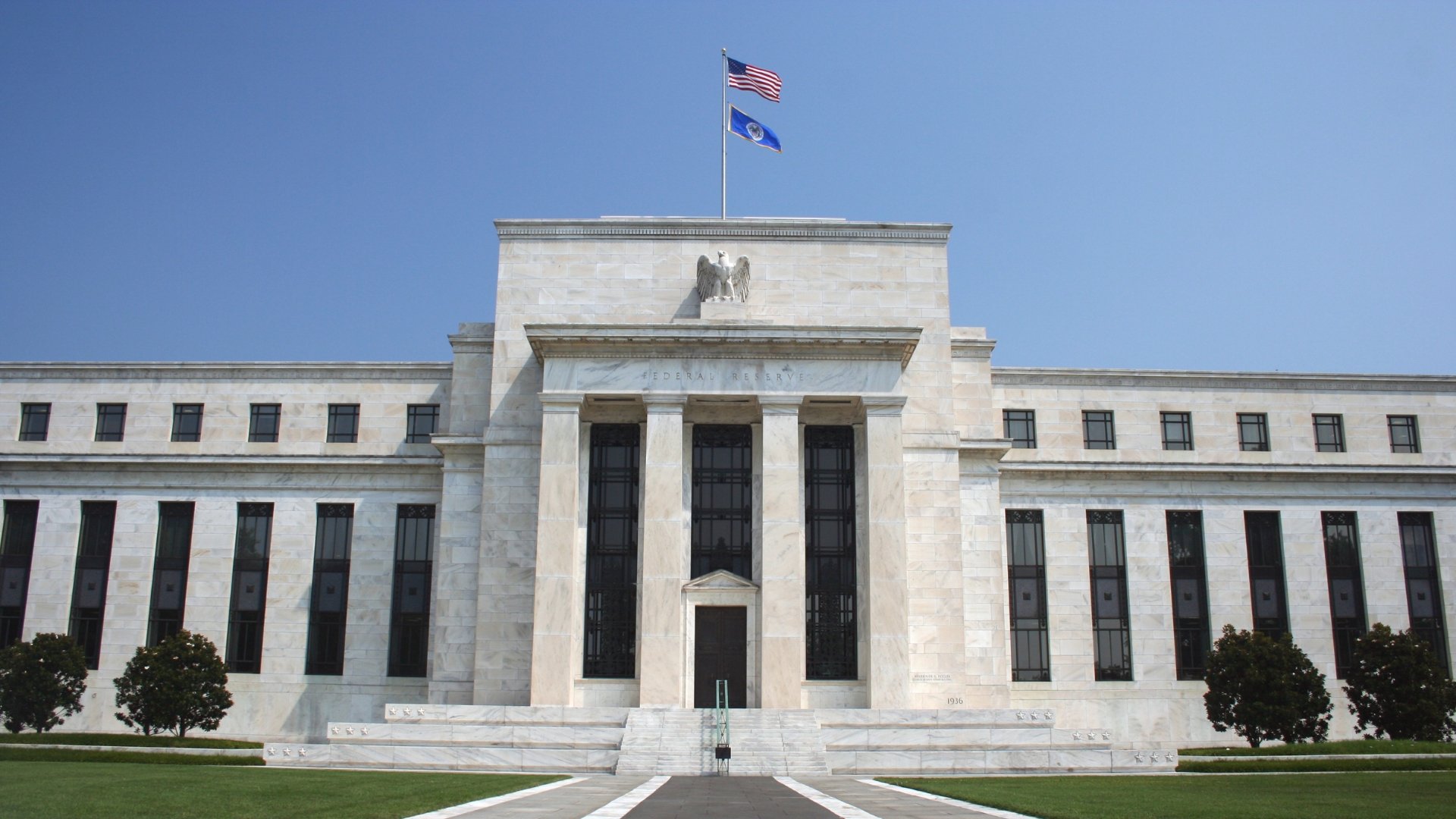The Pinnacle: July 2023
JULY 2 0 2 3 • I S S U E 32
July Markets Review
Markets performed well in July, further raising hopes of a soft landing. Equities had a strong month, with developed market equities posting gains while the MSCI Emerging Markets Index delivered robust returns for the month. Commodities also performed well in July, with the Bloomberg Commodity Index finishing in the green. Central Bank action continued in major global economies in July, edging closer to the peak of their rate hiking cycles.
The US Federal Reserve (Fed) raised rates by the expected 25 basis points in July, taking the Federal Funds rate to a range of 5.25% to 5.50%. Headline inflation currently stands at 3% year-on-year (YoY), while core inflation remains stickier at 4.8% YoY. Current forecasts predict that the Fed will make one further 25 basis point rate hike and start cutting rates in 2024.
Preliminary Gross Domestic Product (GDP) numbers show that the US economy grew by 2.4% Quarter-on-quarter (QoQ) for the second quarter. US Treasuries were down slightly on the back of this strong economic data, with corporate bonds outperforming government bonds for the month. The US equity market continued upward in July. Investors continued to feed off positive sentiment created by promising inflation numbers. Earnings, generally speaking, met expectations and were some distance away from levels that would indicate a recession.
The European Central Bank (ECB) raised rates by 25 basis points in July. Headline inflation dropped to 5.3% YoY for July from 5.5% previously. GDP growth on the other hand came in at 0.3% QoQ for the second quarter. Just as in the US, the equity market performed well reflecting the positive sentiment created by this data. The Stoxx 600 index was up in July, achieving its second consecutive month of gains. Despite this, the region continues to struggle with sticky core inflation, which excludes the volatile food and energy prices and is expected to remain a challenge for the Eurozone going forward. The core inflation number for July remained unchanged at 5.5% YoY.
The UK received better-than-expected inflation numbers in July. Headline inflation for June came in at 7.9% YoY, down from 8.7% previously when 8.2% was expected. At the Bank of England’s (BoE) latest meeting on the third of August, after no meeting in July, a 25-basis point hike was delivered as expected. The BoE decreased the level of their increase from their previous 50 basis point hike in June. Gilts were supported by the positive inflation numbers with yields on the 10-year coming down slightly. The equity market also responded positively to the strong economic data with the FTSE All-Share up for July. However, negative numbers came in as well with the UK economy contracting by 0.1% in May, still better than the 0.3% decline expected.
Asian Emerging Markets also performed well in July. While the strongest gains were experienced in China, Malaysia, and Singapore, gains were experienced across the board. The Chinese government emphasised its desire to put measures in place to boost China’s slowing economy. These measures are largely focused on supporting the struggling Real Estate sector as well as boosting consumption. South Korea and Taiwan benefitted from ongoing enthusiasm regarding Artificial Intelligence (AI), despite ongoing geopolitical tensions in Taiwan. Stronger commodity prices were also beneficial to Emerging Markets in July.
While July was a good month for the markets it is important for investors to recognise challenges do still remain. While markets have performed well recently, inflation remains high in certain regions and central banks still have work to do to bring inflation down. However, promising signs of a soft landing are present, especially in the US.
Decoding the UK's Inflation Recovery
The UK economy has had to come face to face with a challenging inflationary environment in recent years. The UK economy's particular inflationary circumstances have led to the UK economy trailing behind most of its developed counterparts in the fight against runaway inflation.
The UK's gross domestic product (GDP) was 3,070.67 billion US dollars in 2022, ranking it as the sixth-largest economy in the world. Due to the economic effects of the Coronavirus epidemic, the UK economy contracted by a record-breaking 11% in 2020. The UK economy has, in some respects, effectively rebounded from the pandemic's abrupt blow. In 2021, the GDP grew by 7.6% annually, and the unemployment rate swiftly returned to the pre-pandemic levels of less than 4%.
UK inflation started to significantly climb in 2021 and reached a peak of 11.1% annually in October 2022, a 41-year high. The UK was set to endure one of its worst cost of living crises since the 1970s. In June, the UK inflation finally showed a significant drop to 7.9% annually, lower than the forecasted 8.2%. In comparison, the world’s largest economy, the US, saw its inflation peak at 9.1% annually in June 2022 and has been able to gradually lower the rate to 3% annually in June 2023, a much deeper decrease. The Bank of England (BoE) implemented 14 consecutive interest rate increases, bringing interest rates from 0.10% in Nov 2021 to 5.25% in Aug 2023, to aid the economy in combating the continuing high inflation.
One of the strong contributors to the British region’s inflation is that the region is particularly vulnerable because, according to the Food and Agriculture Organisation of the United Nations, it is the third-largest net importer of food and drink in the world, after only China and Japan. Food inflation in Britain is the greatest in western Europe; during the past year, prices have increased by more than 19%, which is the largest increase since 1977.
Due to its heavy reliance on imported gas for power generation, Britain has been directly affected by the spike in gas prices that occurred last year as a result of Russia's invasion of Ukraine. Because Britain announces adjustments to maximum tariffs on a quarterly basis, changes in foreign prices have a slower impact on inflation than they would in many other nations. Conversely, changes in prices have a slower impact on consumer bills. Which in part could be impacting the lag in inflation recovery.
The one driver of the significantly higher inflation may have started prior to the invasion of Ukraine by Russia. Britain decided to leave the EU in a 2016 vote, and the EU's single market was abandoned at the beginning of 2021. Although London and Brussels have a deal allowing for mostly tariff-free commerce in goods, there remains paperwork-based impediments to exports and imports that have increased prices and delays. The restriction on the free movement of workers from EU nations has also added to a labour shortage that many companies are currently experiencing, but which is more severe in Britain and has driven up salaries and, eventually, consumer prices.
While not out of the woods yet, given the roughly 20% drop in the energy price ceiling that took effect on July 1st 2023 and the fact that the economy is already being affected by the rate rises, which are compressing demand and employment, the UK inflation rate is still predicted to fall considerably over the course of the rest of the year.
Soft Landing - Yes, No, or Maybe?
With the US Federal Reserve (Fed) and other global central banks likely nearing the end of their rate-hiking cycles, the words “soft landing” have been widely spoken. A soft landing occurs when a central bank is able to raise rates sufficiently to bring inflation down to target without slowing economic growth to a level that is considered a recession. Achieving a soft landing in the current hiking cycle is now regarded as a greater possibility for the Fed compared to earlier this year, however, more pessimistic outlooks still do remain.
The Fed raised rates by 25 basis points at its latest meeting on Wednesday, the 26th of July. It was their eleventh-rate hike since March of 2022 and came after a pause in June, taking the Federal Funds Rate to a range of 5.25% to 5.50%. The question on the mind of investors is whether or not the Fed has finished raising rates. With headline inflation coming in at 3% year-on-year (YoY) for June, the Fed is nearing its 2% target. The US economy experienced quarter-on-quarter (QoQ) Gross Domestic Product (GDP) growth of 2% in the first quarter of 2023, while preliminary reports suggest that this will be followed by growth of 2.4% for the second quarter. While these numbers suggest that a recession is unlikely this year, some believe a recession may only have been delayed and not mitigated, hence a soft landing is not guaranteed.
Economists that believe a soft landing is likely to occur will point to inflation cooling significantly, corporate profits remaining resilient, and the S&P 500 entering bull market territory over the last few months. Based on the factors above and the data available to them, the Fed’s economists are no longer predicting a recession. The labour market, a particularly important indicator of a recession, has remained resilient throughout the Fed's hiking cycle. As can be seen in the graphic below, the monthly unemployment rate has remained steady after the Covid-19 induced spike in 2020.
Source: Harvard Business Review
Those who believe that a soft landing will not occur point to the fact that in times past the economy has often experienced a delayed reaction to interest rate hikes. Proponents of this thought believe that the full effect of the Fed's total of 525 basis point hikes since March 2022 is still to be felt in the real economy. At the more extreme end of the spectrum, some economists believe that it takes between 18 to 24 months for the full effects of interest rate hikes to be felt. If proven true, effects from the current rate hiking cycle could only be starting to show now. A less extreme view, shared by Fed Governor Christopher Waller, is that interest rate hikes start having effects after about 9 to 12 months. Proponents of this theory would say that the economy has shown resilience in 2023 when the effects of several interest rate hikes in 2022 could have been harsher.
While arguments against a soft landing being achieved remain, it is certainly looking increasingly likely to be achieved. Key factors to watch will include inflation, GDP growth and the Fed’s interest rate decisions in the coming months. These factors will likely be key in how the market behaves going forward.
Sources
U.S. Equities Market Attributes July 2023
Monthly markets review - July 2023
European stocks rise on cooling inflation, healthcare boost
Eurozone inflation drops in July as economic growth accelerates
Investec Market Review July 2023
The UK economy - Statistics & Facts
Why is UK inflation so high and how do other countries compare?
Inflation blame game: UK economic woes set government and central bank on a collision course
Is the US interest rate tightening cycle finally over?
Why 'Soft Landing' Optimists Shouldn't Celebrate Just Yet






